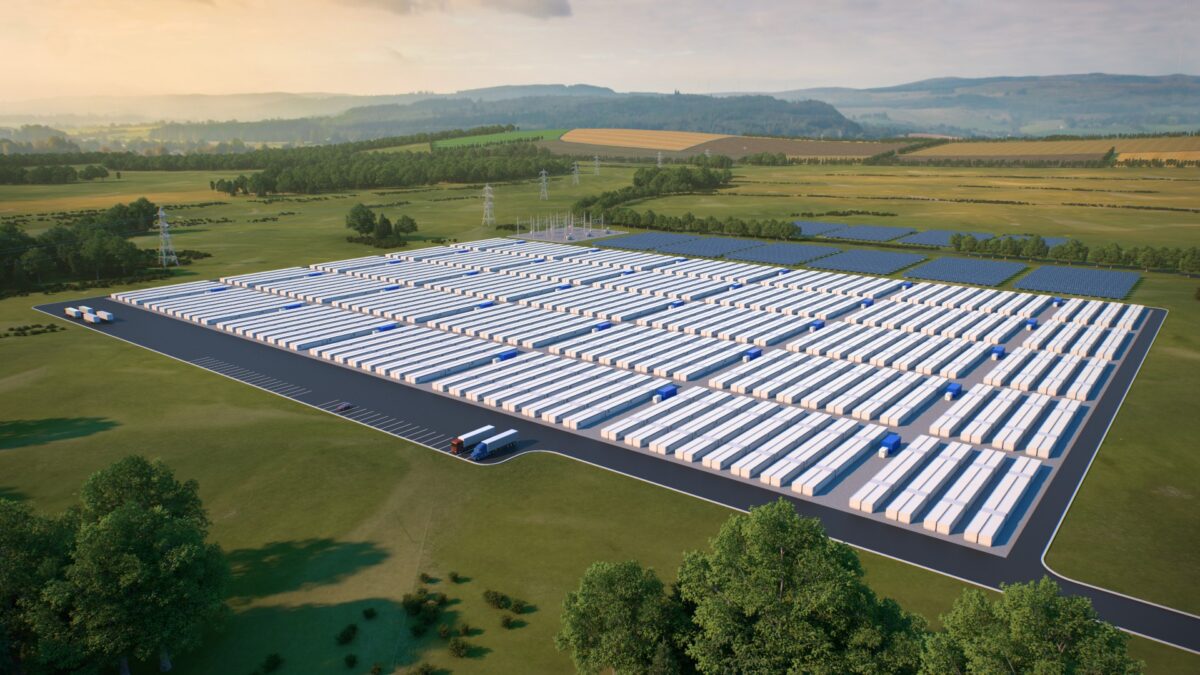https://www.rechargenews.com/energy...-factory-to-reshape-energy-system/2-1-1379772 Looks like the big hitters are funding a factory to build them. No lithium, no rare elements and cheaper than Lithium chemistry. Also nice that that they are building in West Virginia as that state really needs a helping hand to get decoupled from coal.
Not something for car due to energy density but real nice for storage purposes.
The one caveat is Bill Gates also funded a similar factory to build Aquion a non toxic battery to compete with lead acid and it failed.
Not something for car due to energy density but real nice for storage purposes.
The one caveat is Bill Gates also funded a similar factory to build Aquion a non toxic battery to compete with lead acid and it failed.





